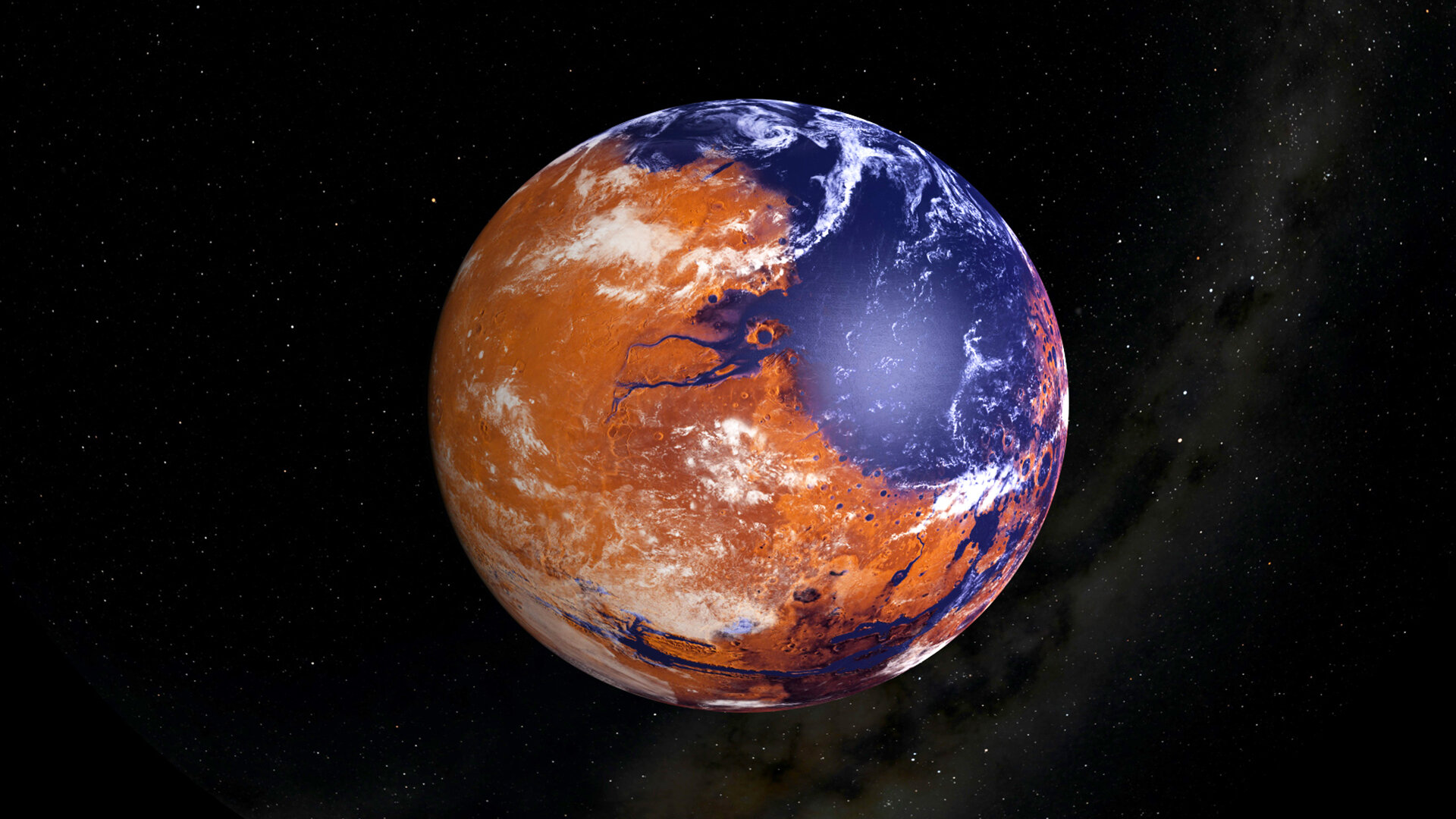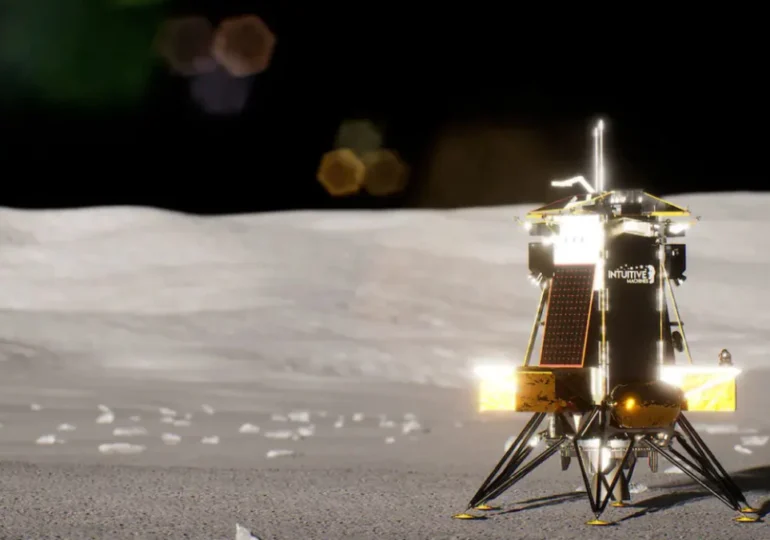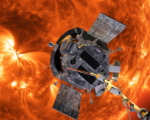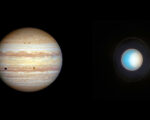NASA’s Europa Clipper Mission Ready to Explore Potentially Habitable Ocean World

NASA’s Europa Clipper spacecraft is poised for launch, set to embark on a mission to explore Jupiter’s moon Europa, one of the most promising candidates in the solar system for supporting life. The spacecraft is scheduled to lift off on Monday at 12:06 p.m. ET from NASA’s Kennedy Space Center in Florida aboard a SpaceX Falcon Heavy rocket. This marks the start of a mission aimed at investigating whether Europa’s subsurface ocean could harbor the conditions necessary for life.
Weather conditions are 95% favorable for launch, with backup launch opportunities extending through November 6.
Mission Overview
Europa Clipper is the first spacecraft designed specifically to study an ice-covered ocean world, with a focus on determining whether Europa’s subsurface ocean, estimated to contain twice the volume of Earth’s oceans, could support life. The mission will deploy nine instruments, including cameras, spectrometers, and a magnetometer, to gather data on Europa’s ice shell, ocean depth, and geological activity.
This $5.2 billion mission has faced challenges, including concerns over radiation from Jupiter’s powerful magnetic field, which could damage the spacecraft. However, a specially designed titanium and aluminum vault will shield Europa Clipper’s sensitive electronics, allowing it to withstand the harsh environment during 49 planned flybys of the moon.
Scientific Goals and Instrumentation
Europa Clipper will use its suite of instruments to explore Europa’s ocean and its interaction with the moon’s ice shell. Key questions include the thickness of the ice, the ocean’s composition, and whether plumes of water observed venting through cracks in the ice could indicate habitable conditions.
- Cameras and spectrometers will capture high-resolution images of the surface and atmosphere.
- Ice-penetrating radar will study the ice’s thickness and detect subsurface water.
- Mass spectrometer and dust analyzer will investigate the composition of the ocean by “sniffing” particles from plumes.
- Magnetometer will assess the ocean’s depth and salinity.
Long Journey and Coordination with Other Missions
After launch, Europa Clipper will travel 1.8 billion miles and is expected to reach Jupiter in April 2030. Along the way, it will perform flybys of Mars and Earth to gain speed and conserve fuel. The mission will work in tandem with Juice, the European Space Agency’s Jupiter Icy Moons Explorer, which launched in April 2023 and will arrive in July 2031.
Once at Europa, Clipper will execute flybys every two to three weeks, collecting data to help scientists understand the moon’s potential habitability.
Future Implications
While not designed to detect life directly, Europa Clipper will pave the way for future missions. Robert Pappalardo, the project scientist, hopes the spacecraft will find evidence of organics and warm, liquid water just below the surface. Such findings could inspire NASA to send a future lander to search for signs of life beneath Europa’s icy crust.





















